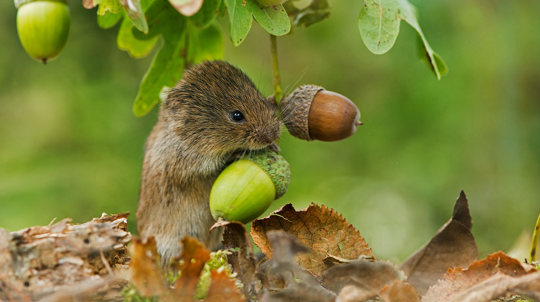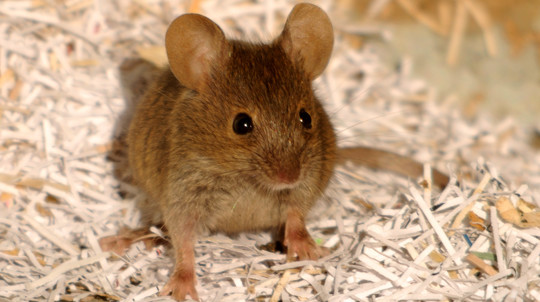Common name: brown rat
Scientific name: Rattus norvegicus
Family: Muridae
Habitat: urban, parks and gardens, farmland, grassland, broadleaf and mixed woodland, hedgerows
Diet: seeds and grains, fruit, invertebrates, meat, general food scraps
Predators: domestic cats, foxes, owls
Origin: non-native













